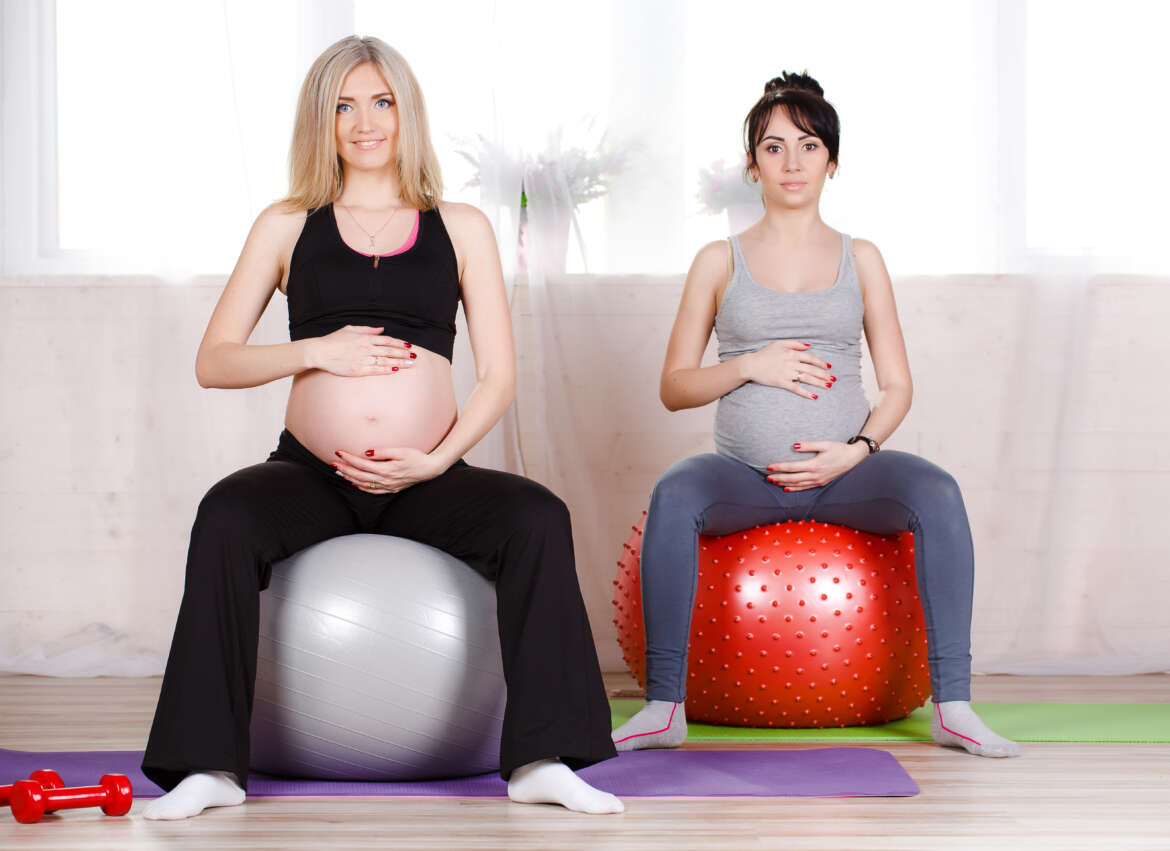Introduction:
Pregnancy is a remarkable journey filled with anticipation, joy, and a whirlwind of changes. Amidst the excitement, maintaining a healthy lifestyle becomes paramount, and exercise plays a crucial role. Gone are the days of expecting mothers being confined to bed rest; today, staying active during pregnancy is not only safe but also highly recommended. However, it’s essential to understand what exercises are safe and beneficial for both mom and baby during this special time.
Understanding the Benefits:
Regular exercise during pregnancy offers a plethora of benefits for both physical and mental well-being. It can help alleviate common discomforts such as backaches, constipation, swelling, and fatigue. Moreover, staying active can improve mood, promote better sleep, boost energy levels, and even aid in quicker postpartum recovery. For the baby, maternal exercise has been linked to lower rates of gestational diabetes, excessive gestational weight gain, and cesarean deliveries.

Safe and Effective Workouts:
While exercise is generally encouraged during pregnancy, certain precautions and modifications are necessary to ensure safety. Here are some safe and effective workouts tailored for expecting moms:
1. Walking:
One of the simplest yet most beneficial forms of exercise during pregnancy is walking. It’s low-impact, easy to incorporate into daily routines, and can be done at varying paces depending on comfort level. Strive to engage in brisk walking for a minimum of 30 minutes on most days of the week to enjoy the cardiovascular and mental health advantages.
2. Prenatal Yoga:
Yoga offers a gentle way to maintain flexibility, improve posture, and reduce stress during pregnancy. Prenatal yoga classes typically focus on modified poses that accommodate the changing needs of expectant mothers. These classes often include breathing exercises and relaxation techniques that can be invaluable during labor and delivery.
3. Swimming:
Swimming is an excellent choice for pregnant women as it provides a full-body workout while minimizing stress on the joints. The buoyancy of water helps relieve the pressure on the back and pelvis, making it a particularly appealing option for those experiencing discomfort or swelling. Additionally, swimming helps improve circulation and can alleviate pregnancy-related edema.
4. Strength Training:
Strength training exercises, when performed with proper form and modifications, can be safe and beneficial during pregnancy. Concentrate on workouts that engage primary muscle groups, such as squats, lunges, bicep curls, and shoulder presses. Use lighter weights and higher repetitions to prevent strain and avoid lying flat on your back after the first trimester.
5. Pelvic Floor Exercises:
Strengthening the pelvic floor muscles is crucial during pregnancy and can help prevent urinary incontinence and support the weight of the growing uterus. Kegel exercises, which involve contracting and relaxing the muscles of the pelvic floor, are simple to perform and can be done anywhere, anytime.
6. Modified Cardio Workouts:
Cardiovascular exercise is essential for maintaining overall fitness during pregnancy. Low-impact options such as stationary cycling, elliptical training, and low-intensity aerobics are safe choices. Avoid activities with a high risk of falls or abdominal trauma, such as contact sports or vigorous jumping movements.
7. Prenatal Pilates:
Pilates focuses on strengthening the core muscles, which can help improve posture and alleviate back pain during pregnancy. Modified Pilates exercises that avoid lying flat on the back are recommended after the first trimester. Pilates classes specifically designed for expectant mothers often incorporate props such as stability balls and resistance bands for added support and resistance.
8. Practice proper breathing techniques:
During any exercise, focusing on your breathing can help maintain oxygen flow to both you and your baby. Avoid holding your breath and instead practice deep, rhythmic breathing to enhance relaxation and endurance.
9. Listen to your body and adapt your routine:
As your pregnancy progresses, your body will undergo significant changes, and what felt comfortable in the early stages may become more challenging later on. Be willing to adapt your exercise routine accordingly, whether that means reducing intensity, modifying certain exercises, or incorporating more rest days as needed.

Safety Precautions:
Before starting any exercise program during pregnancy, it’s crucial to consult with a healthcare provider, especially if there are any underlying medical conditions or pregnancy complications.Concentrate on exercises that emphasize large muscle groups, including squats, lunges, bicep curls, and shoulder presses. Stay hydrated, wear comfortable clothing and supportive footwear, and avoid overheating or overexertion.
Conclusion:
Exercise during pregnancy offers a multitude of benefits for both mom and baby, from improved physical health to enhanced emotional well-being. By incorporating safe and effective workouts into their routines, expecting mothers can navigate pregnancy with greater ease and confidence. Remember to prioritize safety, listen to your body, and enjoy the journey of nurturing both yourself and your growing baby through the power of movement.


